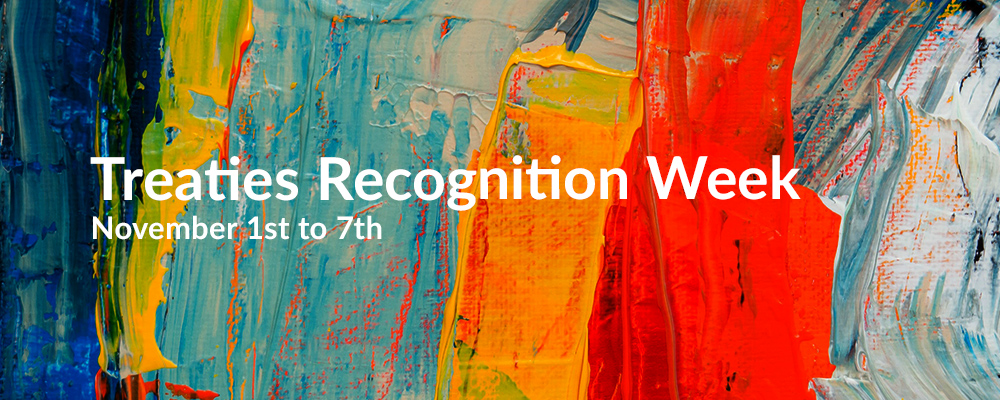Each year, Treaties Recognition Week, November 1 to 7, is an opportunity for students, staff and the general public to learn about treaties from diverse Indigenous perspectives, which encourages greater understanding among all age groups. At St. Clair Catholic, these learning partnerships extend beyond Treaties Recognition Week, and continue throughout the year.
“Working in partnership with First Nations communities, we are seeking to deepen our understanding of treaties and connections with the land, in a worldview perspective, both within our schools and the wider community,” says Scott Johnson, Director of Education. “Live sessions with Indigenous partners are planned for students in Kindergarten to Grade 12, to further learning about the important role treaties play in our lives and strengthen our relationships with Indigenous partners, as we continue to live the spirit of reconciliation through our classrooms.”

Highlights include:
- David Plain, Aamjiwnaang First Nation, shares his historical knowledge on treaties and wampum belts and talks about the meaning of Aamjiwnaang,“it flows contrary” describing the current of the river.
- Cecil Isaac, Bkejwanong Territory, brings greetings for Treaties Recognition Week and talks about the meaning of Bkejwanong, “where the waters divide”.
- Deb and Barry Milliken, Kettle and Stony Point First Nation, share perspectives on the land and treaty-making and talk about the meaning of Kettle Point, also known as Wiiwkwedong, “where the land goes around in a bay” and Stony Point, known as Aazhoodena, “the part over there”.
- An elder from Eelünaapéewi Lahkéewiit, Moraviantown, will talk about the meaning of behind the name, Eelünaapéewi Lahkéewiit, “where the Lenape are”.
- Biindigaygizhig, Chippewas of the Thames First Nation, shares perspectives on land and makes connections with the land when thinking about relationships.
- Dean Jacobs, Bkejwanong Territory, unpacks the spirit and intent of treaties and walks students through an historical timeline up to what we can do as citizens of today.
- Moses Lunham, Kettle and Stony Point First Nation, shares stories connected to the land and engages students in creating a painting together in a two-part session.
- Ray John Jr., Oneida Nation of the Thames, shares perspectives and stories connected to the Wampum Belts.
- Isaac Murdoch, Serpent River First Nation, shares information about promises, roles, and responsibilities
Classes will also be joining in on partnerships across Ontario in understanding treaties and responsibilities.
For more information regarding Treaty Education, visit the Board website here.





